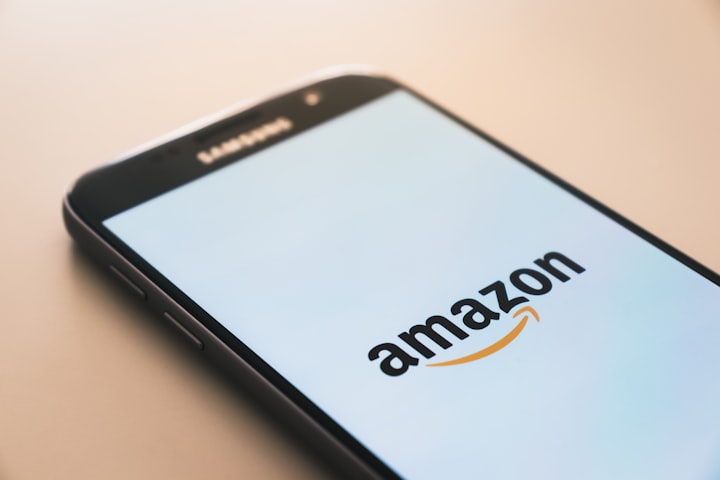A Brief Overview of Moats
Creating undeniable advantage for Business

Introduction
A 'moat' means a wide ditch filled with water around a castle to protect it from enemies. What does moat mean in a company's context? Similar to this many companies have created ‘invisible’ protection around themselves that gives them an advantage over their competitors and help them to keep their business profitable for a long time. It is a competitive advantage that may also act as a barrier that helps the company to maintain its market position and not allow others to beat it.
How is Moats connected with Business?
The term moat was popularised by the legend himself, Warren buffet. An economic moat is defined as the ability of a business to have sustained competitive advantage and therefore maintain its long-term profitability. The keyword here is ‘sustained’. A comparative advantage such as earning higher margins can be short term but executing that for a long period of times gives the company an economic moat.
An economic moat can be defined as a competitive advantage for a company against its competitors or the companies in the same industry. It helps to create a closed market with a profitable business which is difficult for the competitors to copy. The moat can be because of multiple reasons like brand value, business monopoly, intangible assets (patents and regulations), low production cost, high networking, technology, etc. The economic moat helps the company to sustain success for the long-term.
Why Moat is Important to Investors?
Two things that investors generally care about are the magnitude of return in excess of the cost of capital and how long the company can be expected to continue to generate large returns. To begin generating large profits, a company must first achieve a competitive advantage. The advantage can come from any of a number of things – lower production costs, patents, high switching costs – any one of which can be especially helpful in differentiating a company from its competitors and in retaining its customer base.
To sustain profits and be considered a moat, the competitive advantage must be durable. Thus, it can provide value for investors.
How to Create a Moat?
Economic moats can be created in one of three ways, as follows:
1. Production advantages: Many companies create an economic moat around themselves by developing a cheaper production cost compared to its competitors. As their production cost is low, they can make a good profit margin. The low production cost can be created because of different reasons like cheap raw material, low labor cost, highly-efficient plants, etc.
2. Consumer advantages: A company achieves consumer advantages when it is able to provide a greater benefit to consumers than its competitors do. When due to habit or horizontal differentiation customers prefer a product to other competing products, there is horizontal differentiation. Switching costs are costs that a customer has to bear if they want to switch to another product or service. As the switching costs increases, the customer becomes more locked in with a company. Switching costs can also come in the form of loyalty points or the inconvenience of switching.
3. Brand value: There are a number of companies whose consumers get ‘used to’ the products and creates a habit for it. They become a fanatically loyal customer and either do not need or do not want to look for any other company for that product or services.
Brand value is the idea that a company is able to generate more revenue or charge a premium price because of brand recognition. This is based on the fact that customers believe there is a correlation between well-known brands and quality products. Brand value is especially important for companies that have commodified products.
Examples of SEA Companies with Moat: Here are few SEA companies with a moat, which give them a competitive advantage over their competitors:
1. FPT (#1 IT services company in Vietnam)
2. Saigon Cargo Service (leading cargo operator in one of the fastest growing aviation markets in Vietnam)
3. Sido Muncul (#1 market share, 60% share for herbal cold remedy and energy drinks with 60% and 50% market share respectively, high brand recognition in Indonesia ).
4. Haw Par (the maker of the iconic Tiger Balm of Singapore)
5. San Miguel F&B (dominates the beer industry with 90%+ share of Philippines)
Conclusion
Moats cannot last forever. Our world is changing faster than ever and companies need to stay on top of their moats. External events, complacency and disruptive technology can seize established moats in a glimpse. Here we have enlightened the various aspect of Moats including past background, business or economic relevance, its types and some examples related to Southeast Asia market. To identify companies having a moat all one need is to be a bit more aware of what’s happening around, what company’s products are people most obsessed about and back again.





Comments
There are no comments for this story
Be the first to respond and start the conversation.